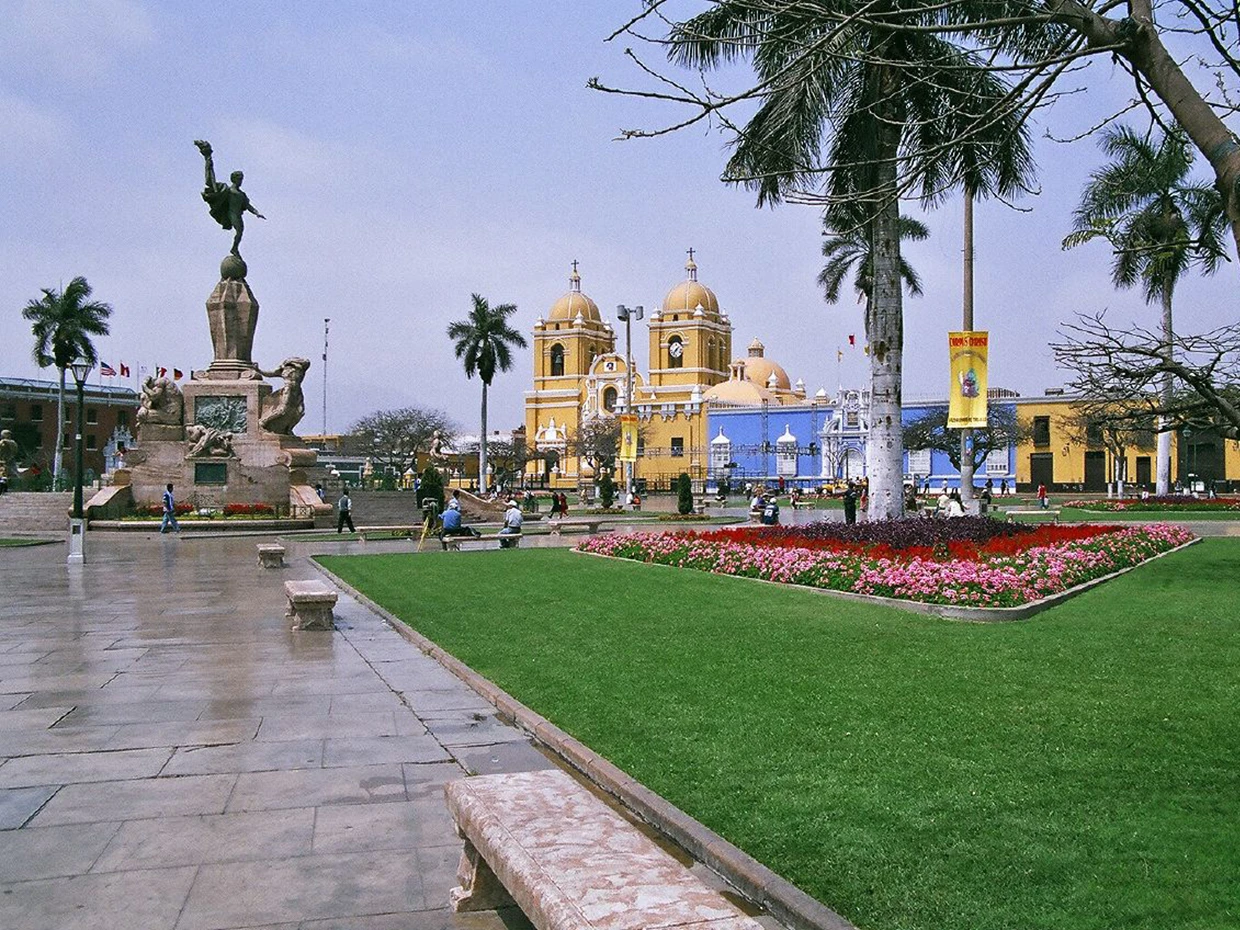Trujillo is considered one of the best preserved colonial cities in Peru and is the gateway to visiting the archaeological remains of ancient pre-Columbian cultures, such as the Moche and Chimú.
The historic center of Trujillo
The historical and social heart of the city is the Main Square. It is surrounded by important buildings and is considered one of the most emblematic places in the city. In the center is the Freedom Monument, it is a public sculpture designed by Edmund Möller between 1921 and 1929.
Located on one side of the square is the Minor Basilica, known as Trujillo Cathedral, built between 1647 and 1666 in the American Baroque style. Next door is the archiepiscopal palace (photo).
On the opposite side of the square is the Government Palace, which houses the administrative and political offices of the region. Near the plaza is the Casa de la Emancipación, a beautiful colonial building that played an important role in the history of Peru’s independence. Today, it houses a museum where artifacts and documents related to the history and independence of the country are exhibited.

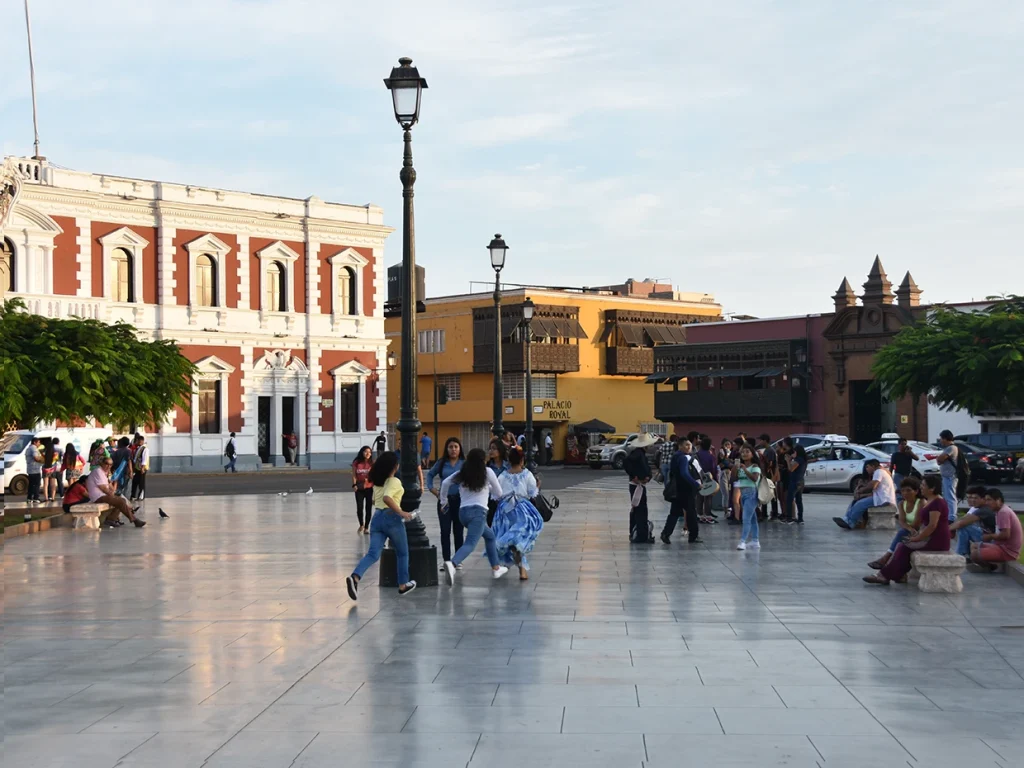
Church and Monastery of Carmen
This beautiful religious complex has a church and a monastery. built during the 18th century, located on the corner of Bolívar and Colón. Both the church and the monastery house a valuable collection of religious art, including paintings, sculptures and liturgical objects.
The church stands out for its sober façade, typical of the colonial style, but the real treasure lies within. It has a spacious main nave, adorned with gilded altarpieces and an impressive collection of paintings from the Cusco and Quito schools. Many of these works are attributed to anonymous 18th-century masters and depict religious scenes in great detail and vibrant color.
Museum of Religious Art
Within the complex, there is also a small museum that preserves liturgical pieces, sculptures, textiles, furniture, and a valuable library with antique books. It’s a perfect spot for those interested in sacred art history and colonial monastic life.
El Carmen is not only a religious site but also a symbol of Trujillo’s cultural identity. It has been declared a Historical Heritage Site of Peru, and is one of the top recommended tourist spots for lovers of history, art, and architecture.
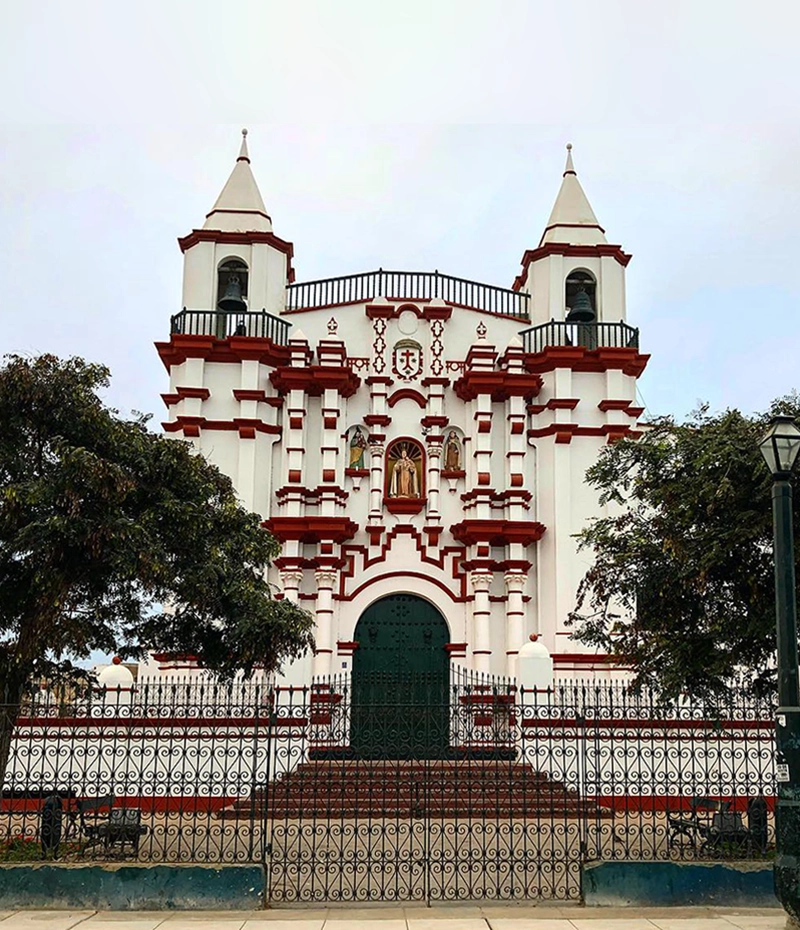
House of Enmacipation
It is a neoclassical style building with three floors and a façade with wrought iron balconies. The House of Emancipation was the place where key decisions were made in the fight for Peru’s independence. In this building, secret meetings and conspiracies were held to organize resistance against Spanish rule. It was used as a planning and strategy center for the independence forces. Currently, it houses a museum that tells the history of the independence of Trujillo and Peru. Inside, you will find exhibits that include documents, artifacts, paintings and furniture from the colonial era. In addition to being a museum, it is also a cultural meeting place. Events, conferences, temporary exhibitions and artistic presentations are held that promote knowledge and dissemination of the history and culture of Trujillo.
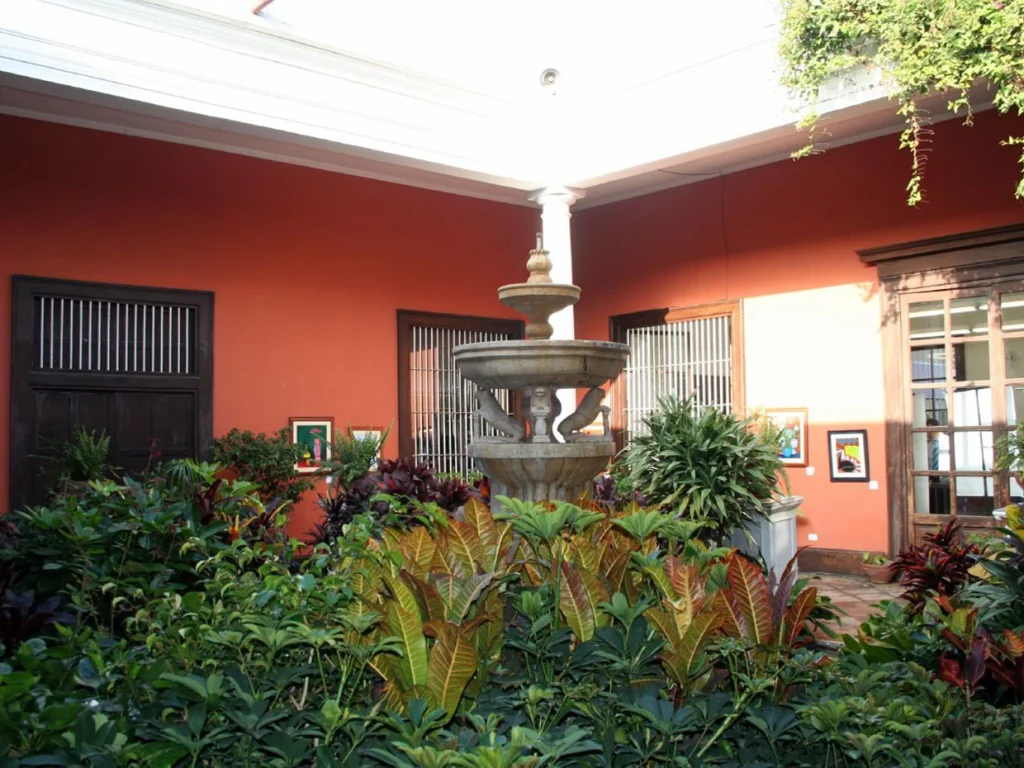
Urquiaga House
Also known as Casa Calonge, it is an emblematic colonial building located in the city. It has been restored and converted into a museum and if you visit it you will be able to see the architecture and daily life of the time. Casa Urquiaga has a baroque and neoclassical style, with a central patio surrounded by carved wooden columns and balconies. The façade of the house is imposing and shows the wealth and splendor of the colonial era. Inside, you will find a collection of period furniture and objects that recreate the daily life of the Urquiaga family. You will be able to admire antique furniture, lamps, mirrors, porcelain and other decorative elements that reflect the style and elegance of the colonial era.
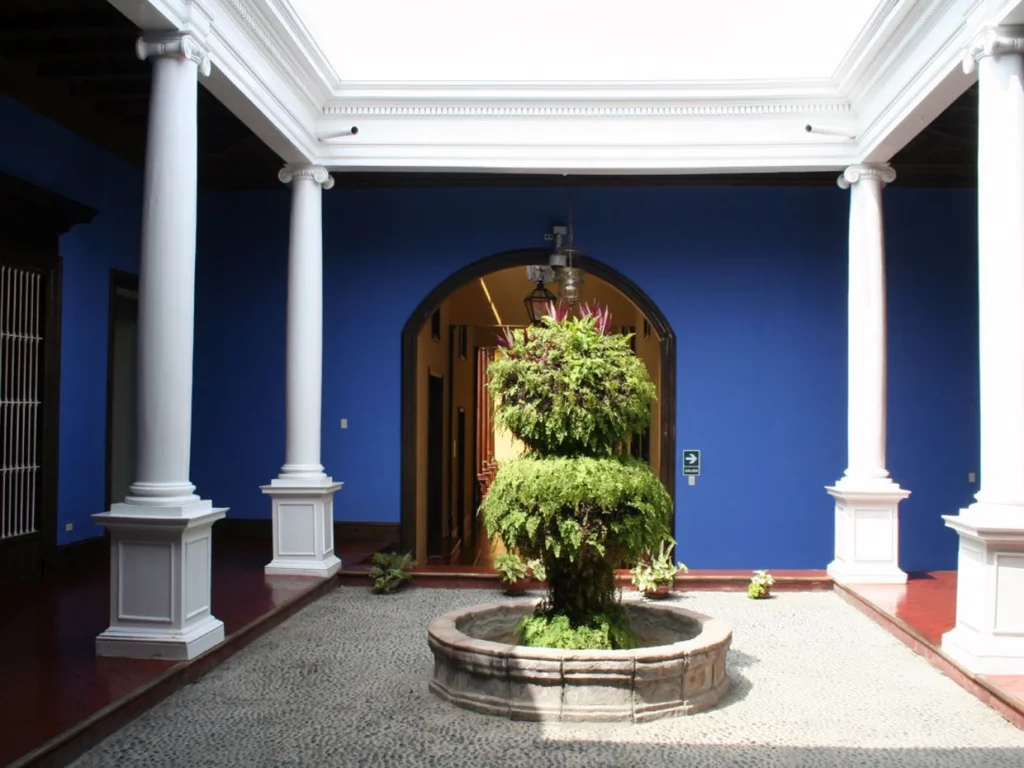
Museum of Modern Art
We were surprised to find out that it is the first modern art museum to open in Peru (2006). It is managed by the foundation of the plastic artist Gerardo Chávez and has a special place for the relevant pictorial work of Ángel Chávez, as well as the Venus by Alberto Giacometti, and a tempera by Paul Klee. The museum gives visibility to the work of renowned Latin American plastic artists.
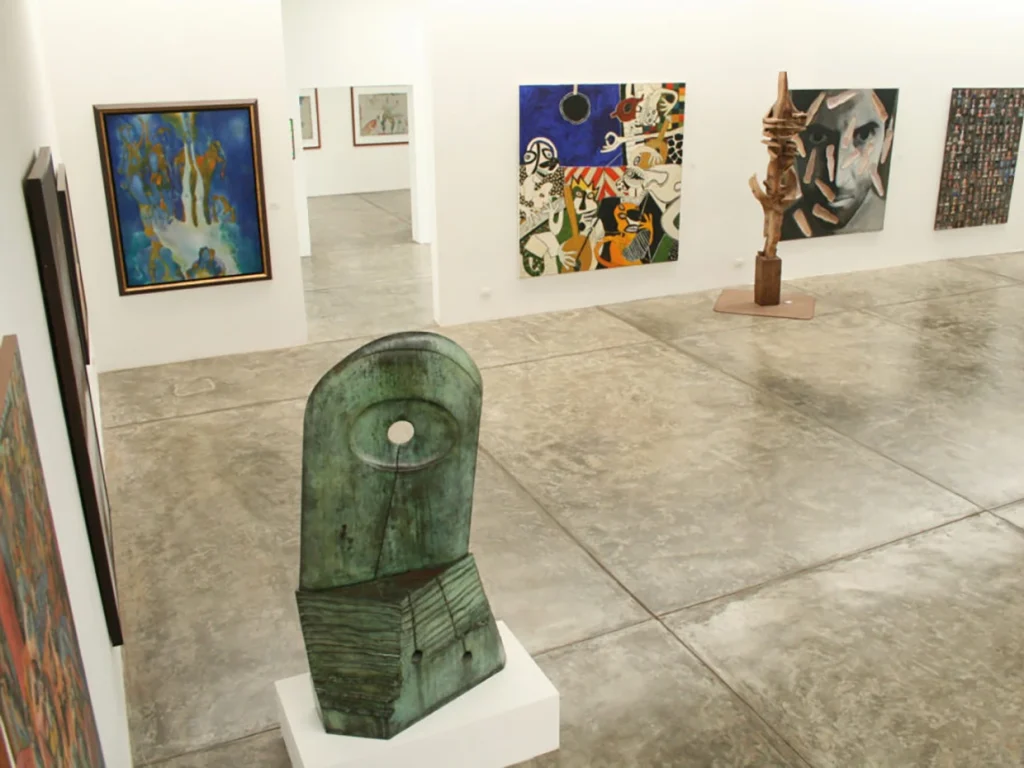
Enjoy beaches and nature
Trujillo’s proximity to the coast offers the opportunity to enjoy beautiful beaches, such as Huanchaco and Las Delicias. These beaches are ideal for surfing and enjoying the caballitos de totora, emblematic boats of the area.
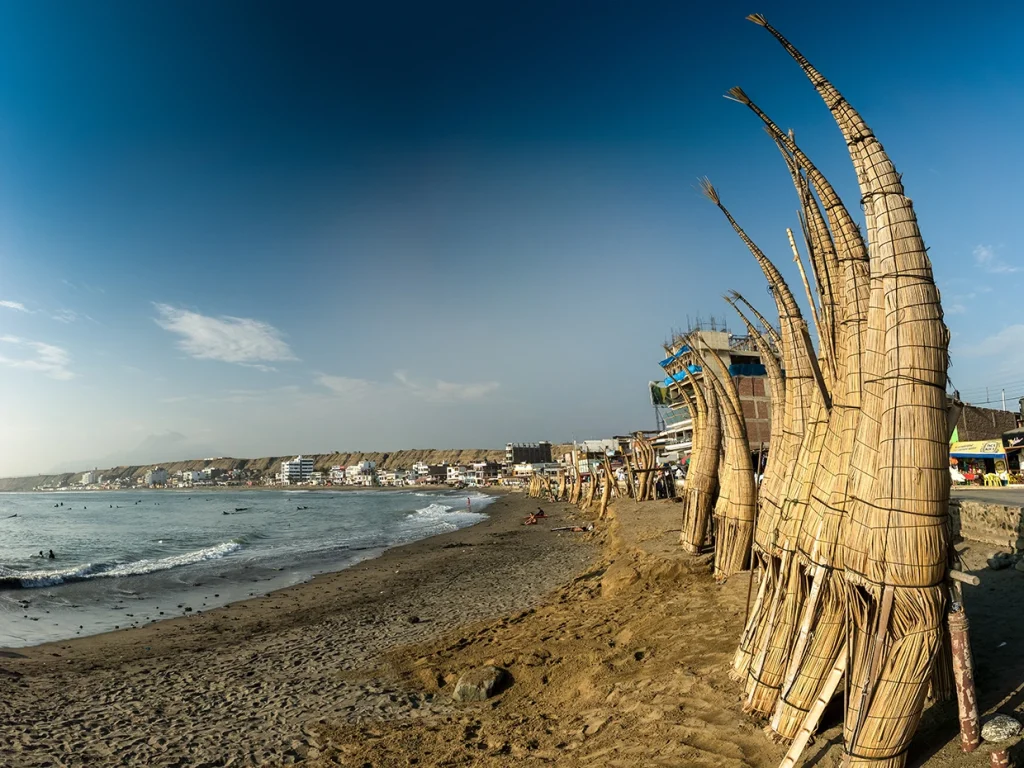
Local Cuisine
Trujillo is famous for its delicious food. And traditional dishes such as ceviche, shambar (mote soup) and northern goat are part of its culinary offering. In addition, the city is recognized for its sweets and desserts, such as mazamorra morada and alfajores from Trujillo.
Chan Chan
Trujillo is home to the archaeological zone of Chan Chan, the largest adobe city in America and capital of the extinct Chimú Kingdom, which was one of the most important capitals of pre-Columbian America. This citadel was inscribed on the list of World Heritage Sites by UNESCO in 1986. You can explore the massive mud structures, murals, and labyrinthine passageways.
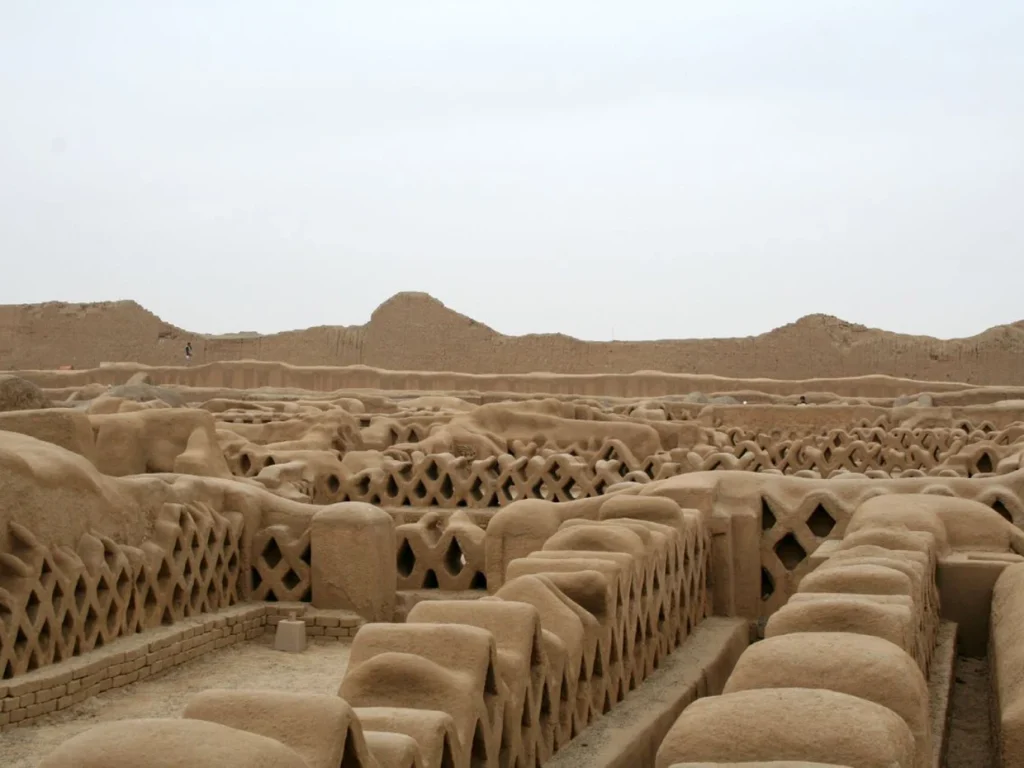
WHY NOT VISIT…?

FAQs

What is the best time to visit Trujillo?
Without a doubt, between October and January, to avoid the rainy season, although Trujillo is known as the “city of eternal spring” for its mild climate throughout the year.

The city of Trujillo stands out for its historical heritage, its rich ancestral culture, its gastronomy, its festivities, its beaches and its cultural development. It is an attractive destination for lovers of history, archeology, food and cultural tourism.


